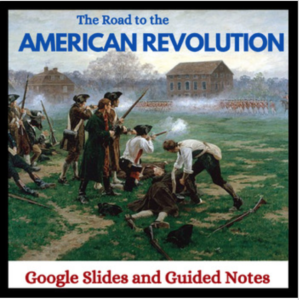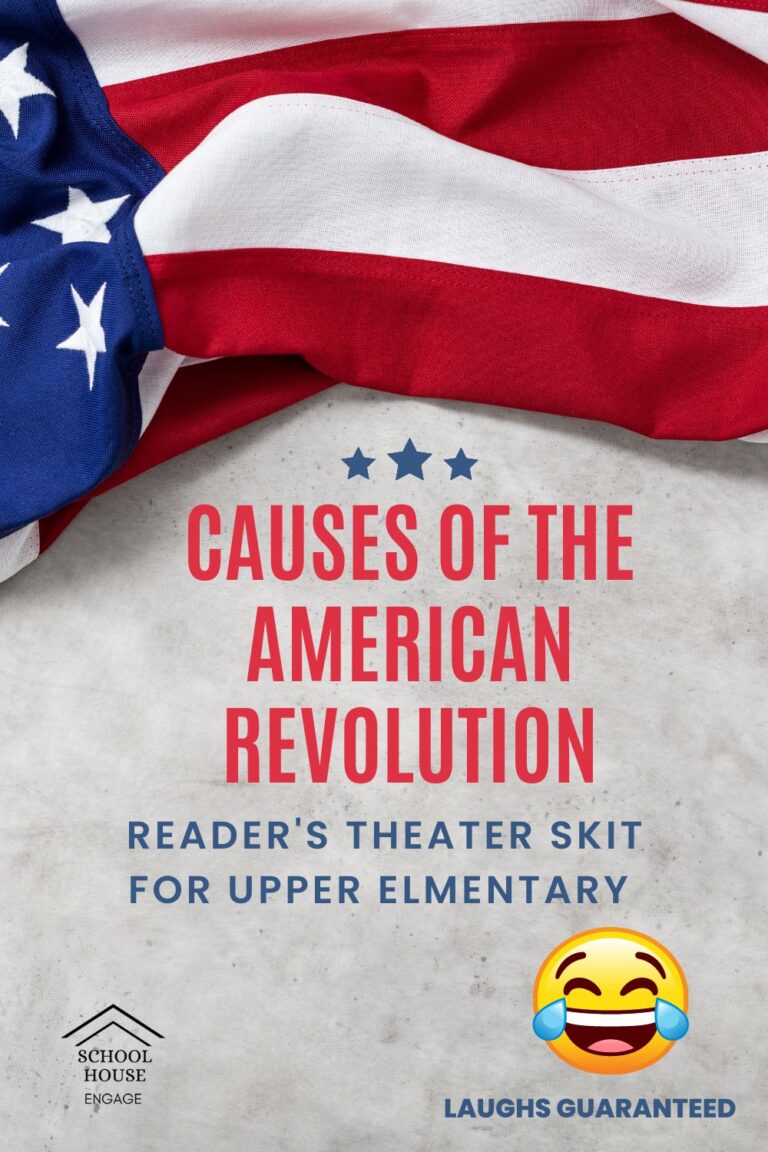Let’s face it, some students view the subject of history as a boring topic. I too remember being a student and literally just reading from a Social Studies book out loud with students taking turns reading. That was as exciting as it got!
Sitting around and listening to someone read about history is so mundane. We have come a long way since then and we know that our kiddos need to be engaged in their lessons so that true learning happens.
Students need to be actively involved and lessons need to be varied. So how do you do that when teaching Social Studies to your students?
My favorite way to teach students lessons about history is through Reader’s Theater that is based on true real historical events. My students love Reader’s Theater and they don’t even realize how much they are learning about history!
There are so many benefits to reading Reader’s Theater scripts. Not only does it enhance reading skills, but your students will build their vocabulary and fluency. This is especially important for any English Learners you may have. You will also see your reluctant readers become more confident.
So how do you do Reader’s Theater exactly to teach the Causes of the American Revolution?
#1 Provide Background Knowledge
I can’t stress enough how important background knowledge is! Your students will not understand the skit completely without having prior knowledge.
Research shows that activating prior knowledge provides a strong foundation for learning. Historical events need to be explained as if you are telling a fun bedtime story. Explain in simple terms what happened as if you’re recounting an amazing movie that you saw.
Make sure to display images that explain important vocabulary and important historical events. Check out my Google Slides to create background knowledge and teach vocabulary in my TPT store. These slides also come with guided notes so that your students are not tuning out while you are presenting.
#2 Show your students a video on Youtube or any other platform
There are so many great videos on Youtube that are short and to the point about all sorts of Social Studies subjects. Students enjoy getting a break from listening to the teacher and the visuals that go along with it are engaging for students.
Just be sure to preview through the video before you show it. There is nothing worse than starting a video that ends up being irrelevant and having to search for a better one while students are watching. Be prepared and find the best video to meet your needs. Once you find it, don’t forget to save it for next year.
#3 Let your students read the skit silently
Silent reading the skits gives your students the opportunity to decide what character they would like to be. Ask them to annotate the text and highlight any vocabulary words that have already been discussed.
Allowing your students to silently read will assist in comprehension because you are giving your students one extra opportunity to read the Reader’s Theater. Also students can work on concentrating to understand the text as opposed worrying about how to pronounce words correctly.
#4 Ask comprehension questions to check understanding
Make sure your students understand what is happening in the skit. Ask questions and reward your students when they participate and answer questions.
My favorite way to keep students engaged is to ask the questions first, and then tell my students that I am going to randomly pick someone to answer.
This increases student engagement and gives them equal opportunity to participate. If a student doesn’t know the answer after giving them wait time to respond, I let them pass.
Once I see that my students have a good grasp of the skit, I ask them to generate their own questions. When students create their own questions, it has a powerful impact on their learning and creates a deeper understanding of the text.
#5 Allow students to practice Reader's Theater in a small group
Reading the skit with the whole class is a bore. Allow your students to work collaboratively in groups based on the number of characters in a story. If the group is too large, consider having students read the lines of two characters.
While my students are reading, I walk around and talk to each group. I listen in and give advice to students on hand gestures that they may use or how to read with more expression. I guarantee that during this time you will hear a lot of laughs from your students.
#6 Lights, Camera, Action
Now you are ready to have your students perform in front of the class. There is no need for a fancy stage or props but if you happen to have a View Board, I pull up an image online that I enlarge to create a background. Students perform while the others are at their seats following along. If the skit is short, less than five minutes, I allow more than one group to perform. Sometimes I choose the groups randomly or they will volunteer.
One of my favorite skits to perform in 5th grade, is the Protesting the Stamp Act when we are working on the American Revolution Unit. I offer this for FREE and I promise you, there will be a lot of laughs in your classroom.
I’ve written other skits about the Causes of the American Revolution that include the following topics:
- French and Indian War
- Proclamation of 1763
- Protesting the Stamp Act
- Boycotting Tea (Townshend Act)
- Boston Tea Party
- Boston Massacre
- Midnight Ride of Paul Revere
- Declaration of Independence
My skits are light hearted, fun, and meant for upper elementary students. Not only will your students really learn and understand the events leading up to the American Revolution, but they will bring laughter in your class. You got this! – Giselle



